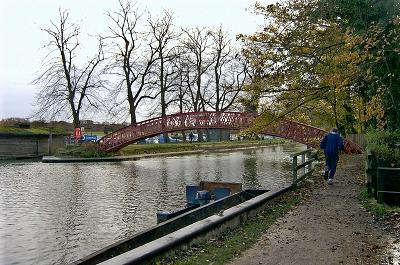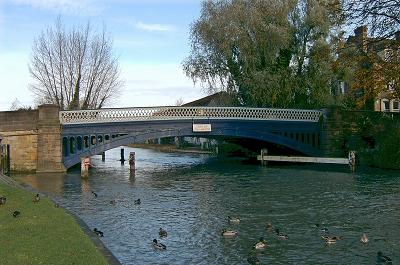Oxford
It is a lovely walk along this part of the Thames. The open grazing land of the Binsey meadows, dotted with bushes and trees, with the famous row known as the “Binsey Populars” by the waterside. Across on the opposite bank is the wide-open expanse of Portmeadow, separating the river from the city. Portmeadow was bequeathed to the commoners of Wolvercote by William the Conqueror, and the descendants of those early villagers still have the common grazing rights today. The famous “Dreaming Spires” of the churches and university buildings can be clearly seen jutting into the skies beyond the meadow.
The first college at Oxford was University College which was founded in 1249. This was quickly followed by Balliol College and Merton College in 1263 and 1264 respectively. There are currently 38 colleges and 7 religious Permanent Private Halls that make up the University of Oxford today. Until 2008 there were 39 Colleges, but two of the colleges, Green College and Templeton College merged. This was the first ever merger of two Oxford colleges. Oxford University contains some of the most intelligent and sophisticated brains in England, so what, do you imagine, did these super-humans with brains the size of a planet come up with as a name for this newly conjoined seat of learning? Yes indeed; Green Templeton College.
The river at Oxford divides into many smaller streams that rejoin later to carry their waters downstream to London. There are also many side-streams that join the river at Oxford. These, plus the River Cherwell combine to ensure that there is roughly twice the quantity of water in the river as it leaves Oxford as there is when it first enters the city.
 Rainbow Bridge, Oxford
Rainbow Bridge, Oxford
I pass the Medley Sailing Club and Bossoms Boatyard, and cross over the red “Rainbow Bridge” that marks the start of the Oxford Channel. The towpath alongside the channel is very popular with walkers and can become quite crowded on summer weekends. It is a delightful walk, with tree-lined banks on both sides.
The walk through the trees ends at a large basin where the Oxford Canal joins the river. The Oxford Canal is one of our most picturesque inland waterways, linking the Grand Union Canal from a point just north of Coventry with the River Thames. This link enabled coal from the Warwickshire coalfields to be brought to Oxford.
The canal today is very popular with holiday-makers, particularly the southern part between Oxford and Banbury. Along this popular section the canal follows the River Cherwell and the railway line, the three of them often within a few steps of each other.
I cross the canal bridge, and a few minutes later I am standing at Osney Bridge which has the honour of being the lowest bridge on the navigable river. In fact it is so low that it is inadvisable to stand up on a boat going under the bridge unless you wish to receive a very nasty bang on the head. The low clearance is the main reason that the larger river cruisers are not often seen upstream of Oxford because they can not pass under the bridge.
This is the end of my walk for today. Tomorrow the boats will be bigger, and the river will continue to grow bigger too. The loneliness and isolation of the first four days will start to fade. Villages will come closer to the bank of the river and the scenery will change once again.
 Osney Bridge, Oxford
Osney Bridge, Oxford
< Previous Page | Next Chapter >